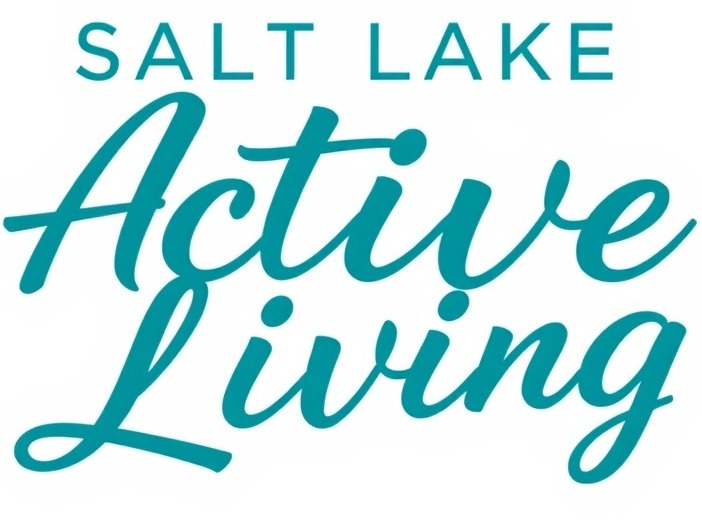
The Hidden Dangers of Excess Iron: A Growing Concern for Women
Did you know that while much is said about the dangers of deficiencies in key nutrients, excess iron also poses a significant health risk? For women, this is especially crucial as they navigate life stages where iron balance becomes even more pertinent. Excess iron can lead to a range of health complications, including fatigue, joint pain, and even serious conditions like diabetes and heart disease.
Understanding Iron: More Than Just a Mineral
Iron is essential for our body, playing a critical role in transporting oxygen and supporting overall metabolic processes. However, unlike some vitamins, our body doesn’t have a natural mechanism to excrete excess iron. This accumulation can become problematic, leading to conditions such as hemochromatosis—a genetic disorder that causes excessive iron absorption.
The Connection Between Iron and Women’s Health
A woman’s iron needs can vary significantly due to factors such as menstruation, pregnancy, and menopause. As such, many women might not even realize the impact of excessive iron intake until serious health issues arise. A lack of awareness about the symptoms of iron overload can lead to a silent and gradual decline in health.
Valuable Insights: Recognizing Symptoms and Risk Factors
How can you tell if you might be dealing with excess iron? Common symptoms include:
Unexplained fatigue
Joint pain or discomfort
Digestive problems such as constipation or abdominal pain
Changes in skin color, often referred to as 'bronzing'
If you experience these symptoms, especially in conjunction with high iron intake from foods or supplements, it may be time to consult a healthcare professional.
New Research and Trends in Iron Health
Recent studies reveal a troubling trend in iron overload situations linked especially to fortified foods and iron-rich diets. For women who often focus on increasing their iron levels, the risk can unintentionally rise. Iron fortification in cereals and other processed foods is prevalent, leading to a significant cumulative effect on one’s health.
Vitamin D: A Guardian Against Iron Overload?
Interestingly, research has indicated a relationship between vitamin D levels and iron metabolism. Adequate vitamin D may play a protective role against the adverse effects of excess iron. Ensuring your vitamin D levels are within a healthy range could be a proactive step toward not only building strong bones but also balancing iron levels in your body.
Navigating the Journey: Lifestyle Changes for Balance
Maintaining a healthy iron balance involves mindful dietary choices. Foods rich in antioxidants such as fruits and vegetables can help manage iron absorption. Pairing iron-rich foods with sources of calcium can also reduce iron uptake in some cases. Consider consulting with a nutritionist for personalized advice based on your circumstances.
Resources and Tools for Women's Health
To better understand your iron levels and overall health profile, regular check-ups, and blood tests are instrumental. Keeping track of your symptoms and diet is equally important to discuss with your doctor. Look for reliable sources and tools that provide insights tailored to women's health, helping you proactively manage your well-being.
Empower Yourself with Knowledge
Awareness about the health risks associated with excessive iron can empower women to make informed choices around their nutrition and health routines. It’s essential to educate ourselves about the foods and supplements we consume, always aiming for a healthy balance that promotes overall wellness.
Remember, your health journey is unique; stay proactive and don't hesitate to seek guidance from health practitioners to tailor your dietary intake to your individual needs.
 Add Row
Add Row  Add
Add 




Write A Comment